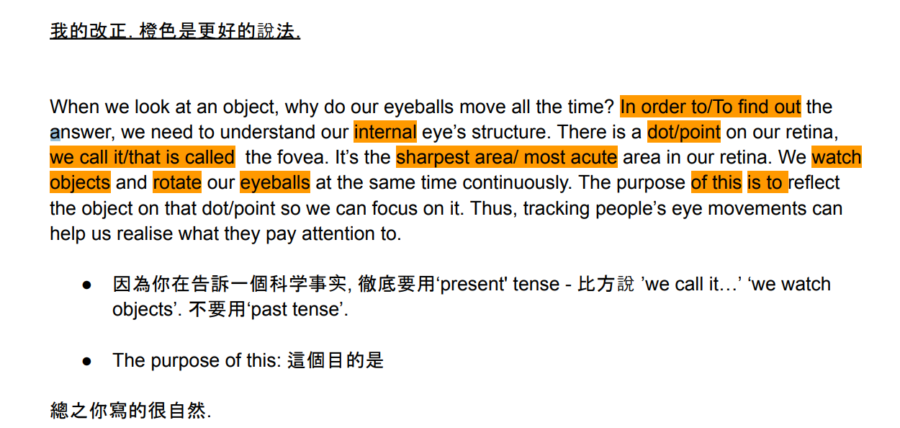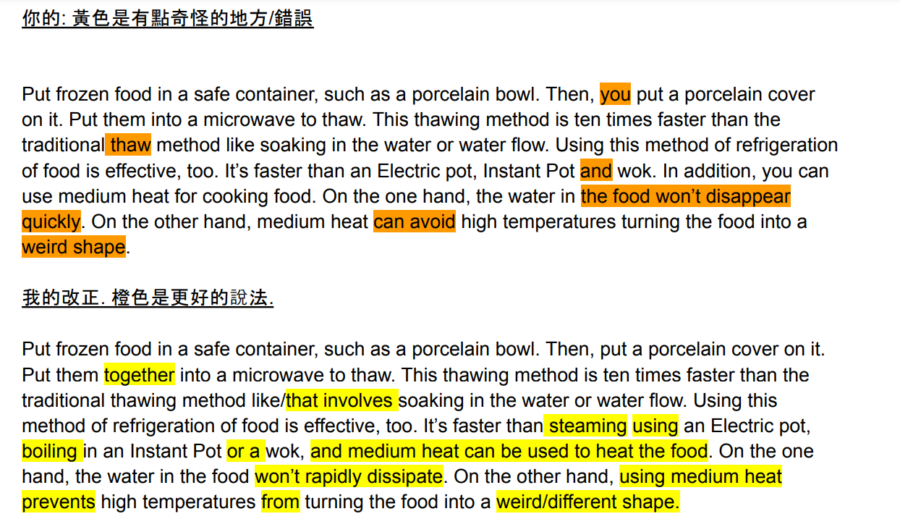國立彰化師範大學107學年度碩士班招生考試試題 翻譯
I. Please translate the following passages into Chinese. (50%)
Occupational licensing—the practice of regulating who can do what jobs—has been on the rise for
decades. In 1950 one in 20 employed Americans required a licence to work. By 2017 that had risen to
more than one in five. The trend partly reflects an economic shift towards service industries, in which
licences are more common. But it has also been driven by a growing number of professions
successfully lobbying state governments to make it harder to enter their industries. Most studies find
that licensing requirements raise wages in a profession by around 10%, probably by making it harder
for competitors to set up shop. Lobbyists justify licences by claiming consumers need protection from
unqualified providers. In many cases this is obviously a charade. Forty-one states license makeup
artists, as if wielding concealer requires government oversight. Thirteen license bartending. Such
examples are popular among critics of licensing, because the threat from unlicensed staff in low-skilled
jobs seems paltry (extracted from The Economist). (25%)
Among the numerous harebrained ideas in President Trump’s budget proposal this week, one stands
out as especially pernicious: a scheme that would slash an essential antipoverty program and put fresh
food further out of reach for 46 million low-income people, or one in seven Americans.
The Trump administration wants to cut the budget of the Supplemental Nutrition Assistance Program
(補充營養協助計畫), popularly known as food stamps, by nearly 30 percent over a decade. It plans
to accomplish this, in large part, by giving low-income families boxes of pasta, cereal and other
nonperishable foods, rather than giving them the full amount of their benefit on electronic cards, as
the SNAP program works today. Those cards can be used at about 260,000 retail stores and farmers’
markets nationwide to buy a wide range of fresh and packaged food, allowing recipients to shop with
their families’ preferences and dietary needs in mind (extracted from The New York Times). (25%)
II. Please translate the following passages into English. (50%)
為什麼我們在看物體時,眼球會不斷的移動呢?為了瞭解眼球運動的本質,首先得先了解眼
睛的內部構造。人眼球內部水晶體正後方的視網膜上一點,我們稱之為「中央小窩」(fovea)
,是視網膜上視覺敏銳度最高的區域,我們在看物體時總是不斷地轉動眼睛,目的就是要將
外界的物體影像投射至中央小窩。集中注意力注視它。因此,追蹤一個人的眼球運動軌跡,
就可以了解一個人注意力的移動軌跡。(擷自《經濟部人才快訊》2017 年 11 月)(25%)
When we look at an object, why do our eyeballs move all the time? In Oder to find out the answer, we need to understand our eye’s structure. There is a dot on our retina, we called it the fovea. It’s the most powerful place in our retina. We watched the object and rotated our eyeballs at the same time continuously. The purpose is we want to reflect the object on that dot. Therefore, we can focus on it. Thus, tracking people’s eye movements can help us realise what they pay attention to.


將冷凍食物放置在安全容器,如瓷碗裡,再蓋上瓷盤後用微波解凍,這比傳統利用水流、泡
水或室溫解凍快上好幾十倍時間;冷藏食物的加熱速度,一樣比電鍋蒸、煮鍋煮或炒鍋回溫
快上好幾倍,但可用中火慢慢加熱,一方面減少水分快速流失,一方面也避免因高溫而使食
物變性。(擷自《親子天下》2017 年 10 月)(25%)
Put frozen food in a safe container, such as a porcelain bowl. Then, you put a porcelain cover on it. Put them into a microwave to thaw. This thawing method is ten times faster than the traditional thaw method like soaking in the water or water flow. Using this method of refrigeration of food is effective, too. It’s faster than an Electric pot, Instant Pot and wok. In addition, you can use medium heat for cooking food. On the one hand, the water in the food won’t disappear quickly. On the other hand, medium heat can avoid high temperatures turning the food into a weird shape.

